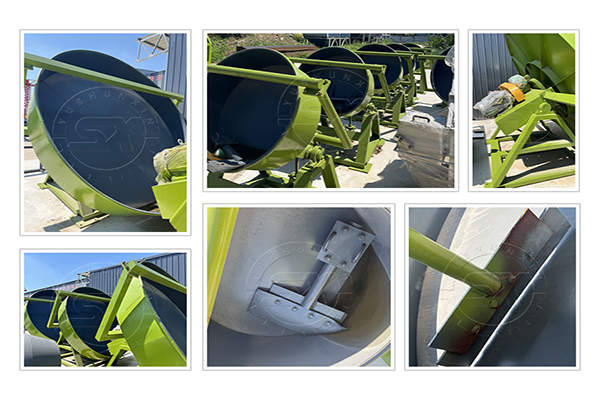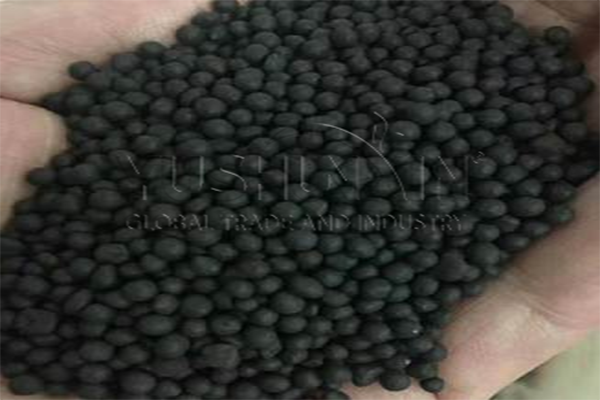The advancement of sustainable agriculture practices has significantly increased the demand for biofertilizers, leading to innovative ways of producing nutrient-rich pellets. Among the various methods available, using a pan granulation machine has proven to be both efficient and effective for generating uniform biofertilizer pellets. This article outlines the step-by-step process of making 1-5mm biofertilizer pellets using a pan granulation machine, highlighting its benefits and practical applications.
Understanding the Pan Granulation Machine
A pan granulation machine, also known as a disc pelletizer, is a versatile piece of equipment widely used in fertilizer production. Its design consists of a rotating pan with an adjustable angle, facilitating the agglomeration of powdery materials into granules. Key features include:
- Simple Structure: This contributes to ease of operation and maintenance.
- Adjustable Tilt: Allowing control over the size and uniformity of the pellets.
- High Efficiency: Ensuring a steady production process with consistent results.

Raw Material Preparation
For producing biofertilizer pellets, start with selecting the appropriate raw materials. Typically, these include organic waste compost, humic acid, or other nutrient-rich substances. Follow these steps:
- Right Composition: Ensure the raw materials are of the correct nutrient balance, conducive to the growth of beneficial microorganisms.
- Particle Size: Materials should be crushed to a fine powder, allowing for better binding and granule formation. You can use biofertilizer grinder to crush the raw material. YUSHUNXIN‘s biological crusher can help you crush them into 50 mesh powder.
Granulation Process
With raw materials ready, the granulation process can commence:
- Mixing: Combine the raw materials uniformly. Additional binders may be added to enhance particle adhesion and improve pellet formation.
- Feeding: Introduce the mixture gradually into the rotating pan granulator. The motion within the pan will roll the mixture, forming small balls or granules.
- Shaping and Sizing: Adjust the pan tilt and rotation speed to control the size of the pellets between 1-5mm. A steeper angle and higher speed typically result in smaller pellets.
- Moisture Control: Maintain optimal moisture content to ensure proper pellet forming without breaking apart. Click here to get more!

Drying and Quality Control
Once the pellets are formed, they must be dried to remove excess moisture. This can be achieved using a rotary drum dryer or similar equipment. After drying, conduct quality control to check for uniformity and ensure they meet the desired specifications.
Benefits of Using the Pan Granulation Machine
Adopting a pan granulation machine offers several advantages for biofertilizer production:
- Consistency: Produces uniform pellets that ensure even nutrient distribution when applied to soil.
- Scalability: The process can be easily scaled to meet larger production needs without compromising quality.
- Efficiency: Optimizes resource use, reducing waste and improving production times.
In conclusion, using a pan granule making machine is a proven method for producing high-quality biofertilizer pellets ranging from 1-5mm in size. Its ability to control pellet size, enhance uniformity, and maintain production efficiency makes it an invaluable tool for modern agricultural practices aiming toward sustainability and increased crop yield.